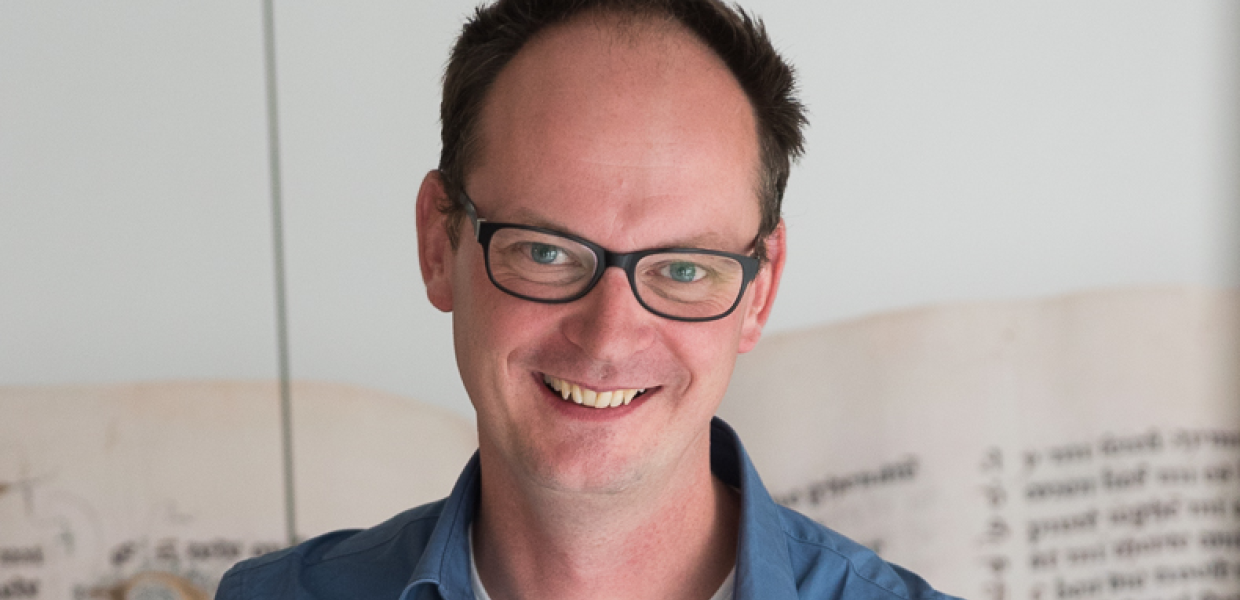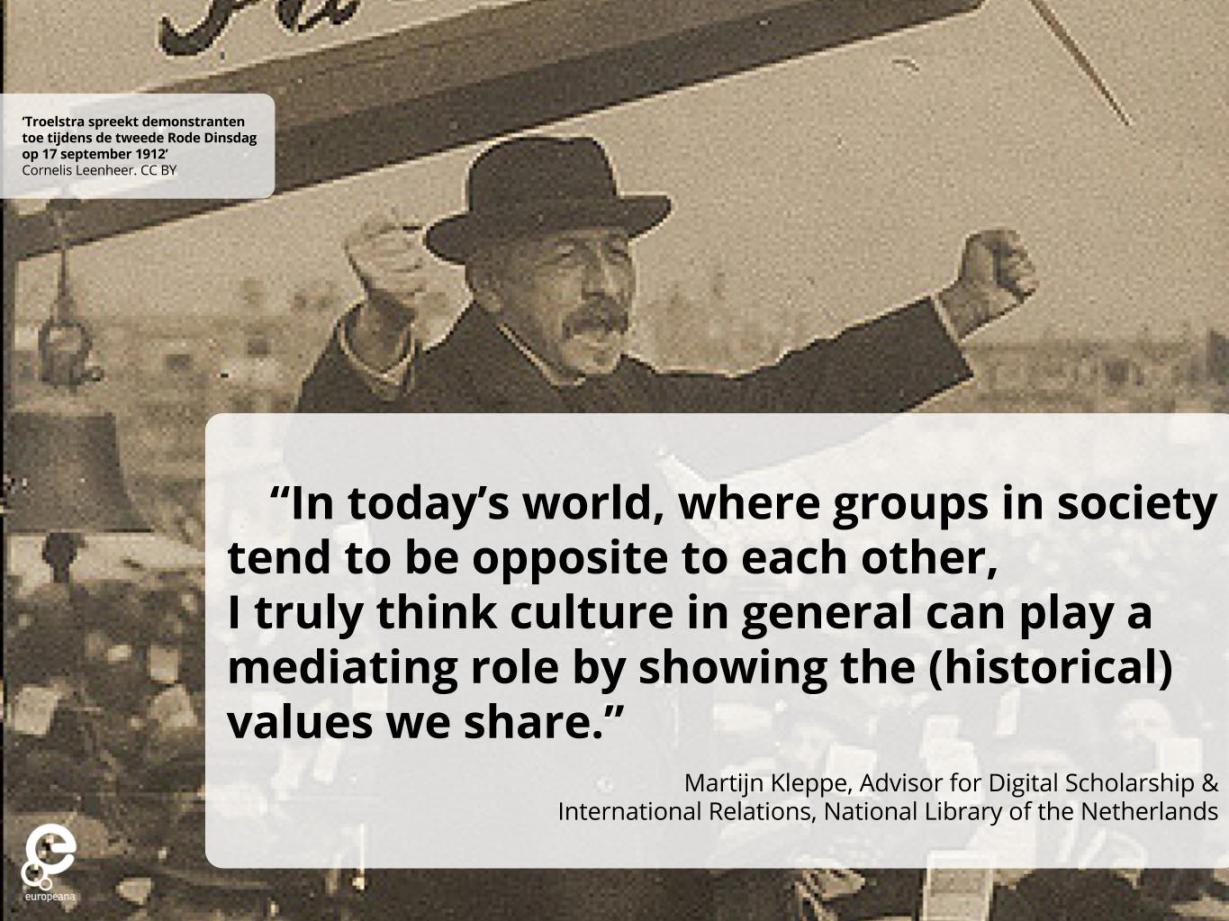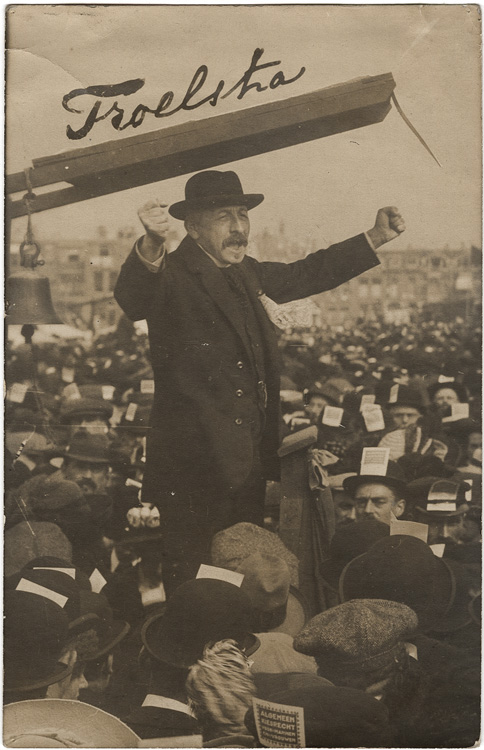Open culture in the Netherlands - an interview with the National Library of the Netherlands’ Martijn Kleppe
As part of our 'open culture' blog mini-series, we talk to Martijn Kleppe, advisor for Digital Scholarship & International Relations at the National Library of the Netherlands.

- Title:
- Martijn Kleppe, photo by Jos Uljee, Koninklijke Bibliotheek/National Library of the Netherlands
- Creator:
- Jos Uljee
- Date:
- 2017
- Institution:
- Koninklijke Bibliotheek/National Library of the Netherlands
- Country:
- The Netherlands
This is a shortened version of an interview that we presented on the Year of Open website in September.
Why is open culture important to you?
As a society we share so much richness that is expressed through our culture. It is incredibly challenging and rewarding to bring this richness to people in a way they did not expect or experience before.

Who benefits from open culture and how?
Both academic researchers and humanities scholars are always looking for data that is preferably openly available. Humanities scholars use this data to undertake their research, computer scientists to train their algorithms. This range of applications of open culture, from citizens who use it for their hobby up to high-ranked professors, to me truly shows the power and added value of open culture.
Can you tell us about a successful project using open culture resources?
Every year we organize a hackathon. This year, a programmer developed something that eventually became the KB Lab Bot, a Facebook Messenger Chatbot that allows you to search and retrieve digital cultural objects from the Dutch website Memory of the Netherlands. But we also built an open source CMS that allows other cultural heritage institutes to build their own chatbots.
Why is it important for these resources to be available freely?
Especially in today’s world, where groups in society tend to be opposite to each other, I truly think culture in general can play a mediating role by showing the (historical) values we share.
What is the future of open culture?
We should find ways to bring collections to the daily lives of people. Imagine everyday I read the news on a website. In the article, a photo is included of a building. By clicking on the photo, I will automatically get to see historical images of the building as stored in a museum, maps of the building as stored in a national archive and historical newspapers containing news of that location as stored in libraries. I will not have to leave my daily routine but am offered open culture collections during my daily visit to a single website.
What cultural resources do you like to access online, personally?
One I like a lot and literally use about a dozen times a day is the Art Up Your Tab Chrome Extension. It is such a great idea to bring cultural resource literally to everyone’s desk (top).
What is your favourite piece of digitized culture?
Pieter Jelles Troelstra is well-known for his failed attempt to start a socialist revolution in 1918. In textbooks, this photo is almost always used to illustrate that revolution. However, researching my dissertation, I discovered this photo was not taken in 1918 but in 1912. Once I obtained a high-res scan of the file I read the texts on the leaflet at the bottom of the photograph: Algemeen Kiesrecht (Universal suffrage). Only then I realized this photo could be of a completely different revolution than the one it was always used for until then.

‘Troelstra spreekt demonstranten toe tijdens de tweede Rode Dinsdag op 17 september 1912.’ Photograph: Cornelis Leenheer. IISG BG A17/400. CC BY.

